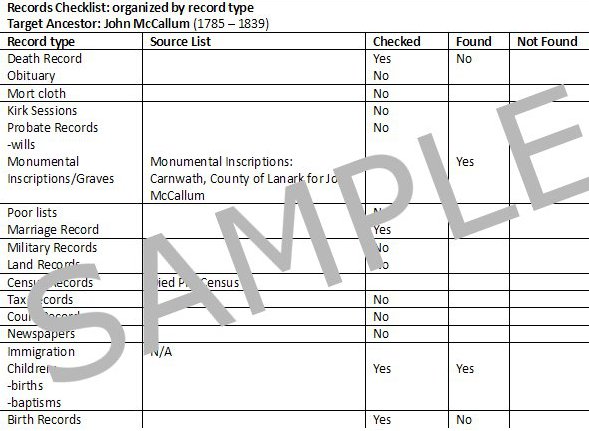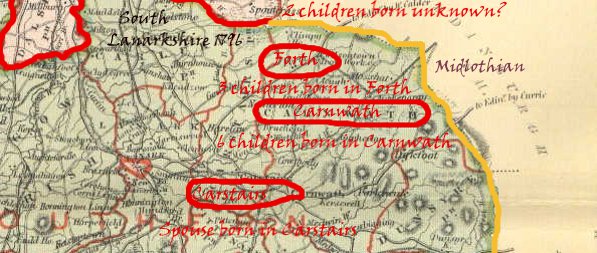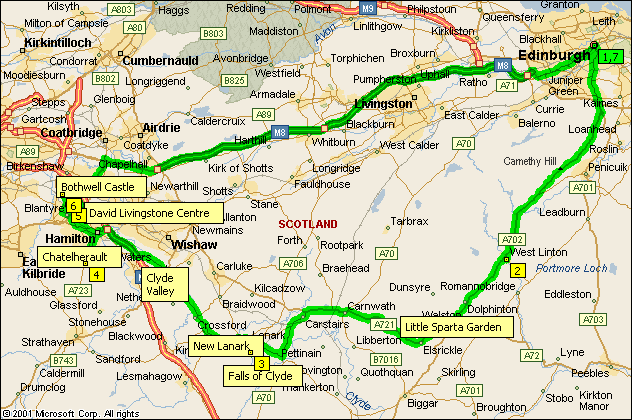Lesson 3 Articles
Brick Wall Breakthroughs for Genealogy Beginners
March 4, 2012 by ramona
Filed under Articles, Genealogy Reports and Charts, Introduction to Genealogy, Latest News, Lesson 3 Articles
Brick wall busting is all about problem solving and detective work. However before you can begin to break down your brick wall you need to define exactly what the problem is.
The top four most common causes of brick walls:
Your brick wall may even stem from a combination of the above and that can feel like an overwhelming challenge to the genealogy beginner. What you need are the tools and strategies to keep you from being overwhelmed and that is the first step towards solving your brick wall problem.
Developing Your Brick Wall Search Strategy
A good search strategy for brick walls comes down to initiating three core actions:
Review Genealogy Your Data
Even if you have looked over your data a hundred times…do it again. The reason for implementing this strategy is to find the holes or weak points in your brick wall. For example, large time gaps between children are a big red flag; they indicate an area you need to look into more intensely. Locating the areas where you have gaps in your information will give you leads.
Chart Your Genealogy Research
After you have reviewed your information, chart it. Charting your research will give you an overview that can help you analyze information and spot gaps. A records checklist is one of the best charting strategies, although there are several you can work from to help achieve your goals.

Map Your Locations
In addition to charting your research, another helpful search strategy is mapping. You may find that mapping your family tree will help you understand a little more about your ancestor’s lives as well as assist you in breaking down a brick wall.
Old Maps and Genealogy
Locating and using old maps can be a valuable resource for making a brick wall breakthrough.
- Understanding where county boundaries existed
- Noting border changes
- Discovering old place names that no longer exist
- Understanding the topography (through this you may learn how your ancestors traveled).
All of these things will point you in new directions and help you to discover record sources you may not otherwise consider. Additionally, knowing the lay of the land back then can lead you to the governing body that holds the records today.
Plotting Your Genealogy Research Map
Knowing your ancestors residences, where their children were born, where their spouse was born and where their relatives lived can help fill in gaps. The best way to develop a strong concept of this is to plot a map listing all of these locations.
Lanarkshire Map 1796

When you have finished plotting your historic map, plot a modern one, and then compare them for missing parishes or towns as well as county border changes.
Modern Lanarkshire Map

Once you have all of your information charted and mapped out, you will be prepared to make a full and comprehensive search that should help you break your brick wall.
Charting and mapping are only a few of the strategies you can use to help solve your brick wall problems. Genealogy Beginner will be bringing you more invaluable brick wall strategies very soon. For now, join us in the Ask a Genealogist forum and find more tips on charting your research.
Image Credit: Ramona Hartley
Writing Your Family History Book
January 28, 2012 by ramona
Filed under Articles, Family History, General Tips, Latest News, Lesson 3 Articles, Preserving Your Family Tree
 Early in January Genealogy Beginner asked our facebook friends what exciting genealogy projects you had planned for 2012. Top among your answers were writing and publishing a family history book.
Early in January Genealogy Beginner asked our facebook friends what exciting genealogy projects you had planned for 2012. Top among your answers were writing and publishing a family history book.
Genealogy Beginner thinks that is an excellent goal. To help support you in reaching it we decided to dedicate some time to providing information that will bring you closer to achieving it.
Getting Started on Your Family History Book?
Perhaps the hardest thing about writing a family history book is simply getting started. Your first step should be to decide who your family history book is for? Knowing this will help you resolve what form your family history book will take.
- Will it be a surname book, a book for yourself, are you planning it as a gift for other family members or did you want to offer it more publicly?
- Will it trace the line of a single family or are there going to be interconnecting trees?
- Do you have a set number of generations you wish to include?
- Are you dedicating it to a single ancestor?
- Will you be including graphic data such as family photographs and scans of source documents?
- Will you be collaborating with another family member?
- Will you be including stories, family lore or famous family recipes?
With the above questions answered, you will have a better idea of the type of book you want to write.
Memoire: An account of the personal histories based on the memory of the author.
Biography: A focus on one specific ancestor.
Narrative: The story of a group of ancestors or a complete family line.
Knowing the answers to these questions before you begin will help you with organizing the project. More importantly, it will keep you from becoming overwhelmed and make your project run smoothly from start to publish.
Note: Genealogy Beginner suggests, that you begin to write your book before your research is complete; for the reason that, if you are like most other genealogy researchers…your research will never be finished.
Organizing your Family History Book
Once you have settled on the form your book will take, the next logical step will be to organize your collected data. You can take several approaches to this process.
Step one:
Organize within the chronological order of your family tree beginning with the current generation. On the other hand, you may want to begin with the earliest generation you have found and work your way back to the current generation. Working in chronological order will help work through any holes you may have in your research.
Step Two:
Write a tentative outline for your story. You can include as much or as little detail as you wish, the point to remember here is to remain flexible, as you are likely to do a lot of editing along the way.
Step Three:
When you have decided on your organizational process, begin making files for each of your subjects. For instance, a master file for each family group and sub files for the individuals within the group.
Each sub file should contain:
- Cards, letters, photos, newspaper clippings and other memorabilia for that individual
- Notes on interviews
- Notes on social history (What was life like in their time, were there any historical events taking place near them etc.)
Write Your Family’s Story
Here are some basic writing tips to help get you started and keep you going.
Draw up a writing schedule
Life gets busy and when it does, it is easy to put off your project. Drawing up a writing schedule and sticking with it will help you keep your project from being placed on the back burner.
Write a Draft
All writers know that every story has a beginning, middle and end. When you begin to write, start with a draft that outlines this. Do not worry about grammar and punctuation at this point just get your outline down on paper. Later as you start your rewrite, you can make corrections and begin to include detail. Final corrections can be made when you edit.
Final Notes:
Some family members may be more private while others may simply feel strongly that some stories ought to be omitted altogether. For these reasons, the following two points should be well remembered when writing your family history.
- Be careful about including any stories that could be upsetting to your family.
- When writing your family history book keep detailed information about living ancestors out of it, unless you have their written permission to include it.
Once you have finished writing your story and before you publish, it is time to edit. Join us on the forum Genealogy in General for your final edit checklist. Don’t forget to check back with us next week for Genealogy Beginners article on publishing your family history book.
Image Credit : roonil_waslib via photobucket
A Small Collection of Online Genealogy Records
January 21, 2008 by Chris
Filed under Genealogy Research Resources, Lesson 3 Articles, Public Records, Sharing Genealogy Information
 Overall at the Genealogy Roots Blog Joe has organized a collection of records into a search-able database. Thought you might find this interesting and worth a look.
Overall at the Genealogy Roots Blog Joe has organized a collection of records into a search-able database. Thought you might find this interesting and worth a look.
Genealogy Roots Blog: A Small Collection of Online Genealogy Records
Over the last few years my various websites have accumulated a messy pile of transcribed genealogy records. Most of these are ship passenger lists, but there are one or two other records as well. Many of the names are German and Irish, but other nationalities are also included. Even though these transcriptions are scattered around the web in a seemingly haphazard way — there really is a method behind all of it I think, or I thought there was at the time — you can search all of them from one place.
Right here: Search Some Cool, Obscure, Weird Genealogy Records and Passenger Lists
…
Where to Next?
Blank Family Tree with Step-by-Step Instructions
…

